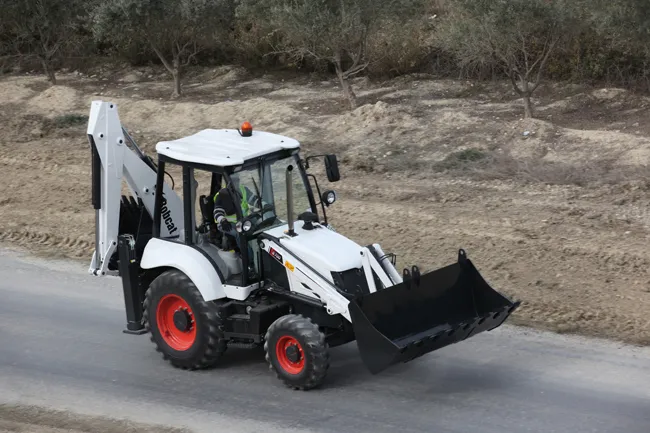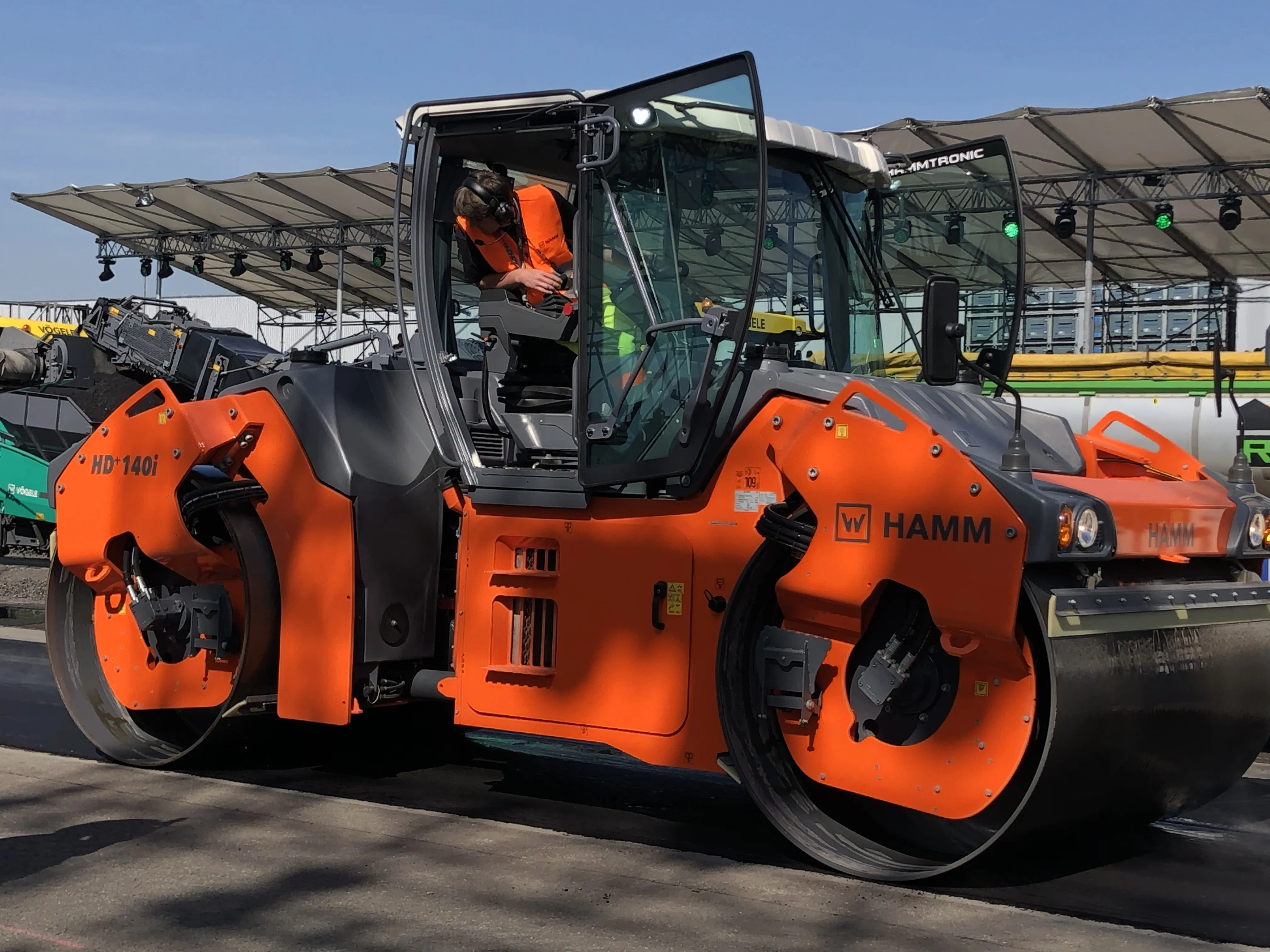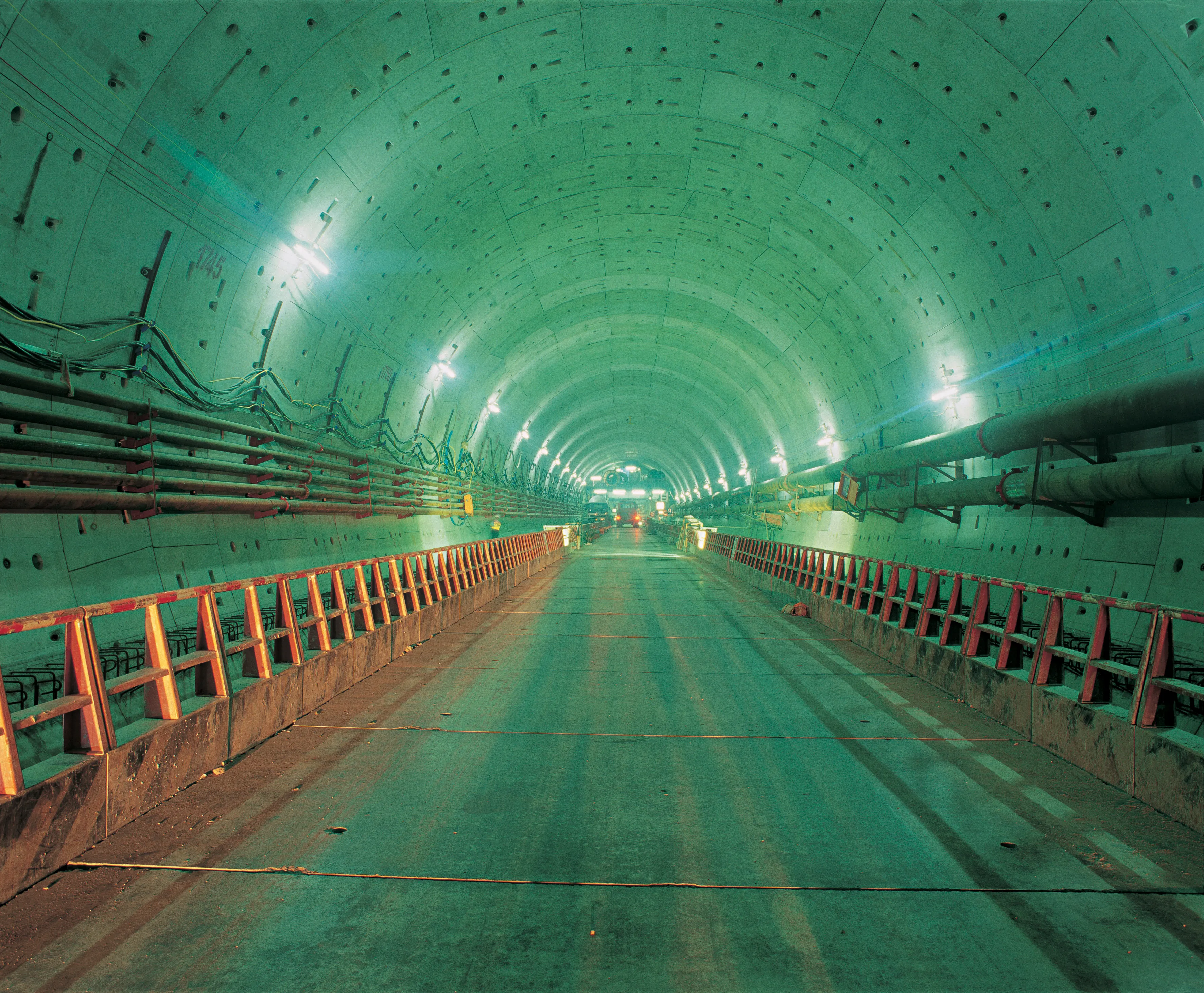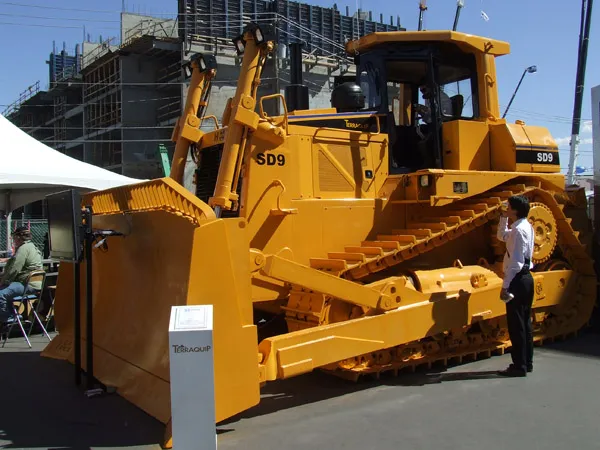
Doosan Bobcat has entered this sector in a bid to expand its emerging market portfolio with the aim of exploring mid- and long-term growth. India’s compact equipment market is the third largest in the world after the US and China, with backhoe loader sales still dominating the country’s equipment business. Since 2014, the Indian backhoe loader market has grown at an average annual rate of 9.7%.
The company acquired an unused facility to produce backhoe loaders in India to minimise its risk of investment. By shortening the period from preparation time to shipping time compared to the time taken to establish an entirely new plant, the company will be able to start releasing its first batch of backhoe loaders in the second half of next year. The firm will then focus on marketing activities targeting the Indian market in a bid to expand its market share.
Doosan Bobcat president and CEO, Scott Park, said: “With government-led infrastructure investment increasing in recent years, the compact market is growing rapidly in India, making it a highly attractive market. Our mid-and long-term goal, beginning with backhoe loaders, is to lead the Indian small construction machinery market.”








